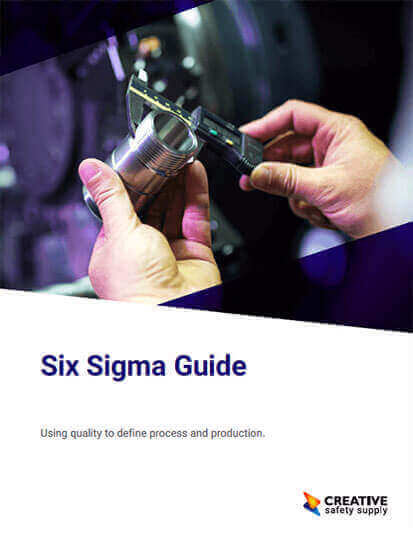
Since Six Sigma doesn’t require any special equipment or conditions for implementation, it can be implemented everywhere and anywhere. Six Sigma methods aren’t restricted by manufacturing size, numbers of employees, or scale of operation. Whether you’re a multi-national corporation with dozens of manufacturing facilities scattered across six continents or a local, twenty-five-employee sausage factory, Six Sigma can help reduce producing defects in your facility.
The most important requirement for successful Six Sigma implementations are that the whole team is on board, from upper management to machine operators. Without companywide cooperation and collaboration, Six Sigma strategies can’t flower to their full potential unless they’re completely embraced by all facets of the organization and have become a part of the culture.
- Continue improving production. The success of manufacturing relies on the stable and predictable production results. It is this data that enables companies to excel in the long term.
- Manufacturing processes should be recorded, analyzed, and controlled.
- In order for Six Sigma to succeed in a company, company-wide effort, commitment, and cooperation is required. Everyone must participate in Six Sigma if implementation is to take hold.
Similar Questions
- What is Six Sigma?
- What are Six Sigma principles?
- What are the benefits of Six Sigma?
- Who can do Six Sigma?
- How can Six Sigma help a company?
- How can Six Sigma be used in project management?
- What companies use Six Sigma?
- How is Six Sigma different from Kaizen?
- Can Six Sigma improve quality?

